Introduction: In this article, Melissa Davenport Berry continues her series on Mayflower descendants, focusing on Charles Hinckley, the smallest lighthouse keeper in the world and a descendant of John Howland and Elizabeth Tilley. Melissa is a genealogist who has a website, americana-archives.com, and a Facebook group, New England Family Genealogy and History.
Here is a photo of the replacement John Howland gravestone that includes the correction that Howland “married Elizabeth, daughter of John Tilley.”

Today I continue my series on “Mayflower Descendants: Who’s Who,” featuring Captain Charles Henry Hinckley (1849-1931), of Barnstable, Massachusetts. He was a sailor and lighthouse keeper, the 8th lineal descendant of Mayflower passengers John Howland and Elizabeth Tilley.
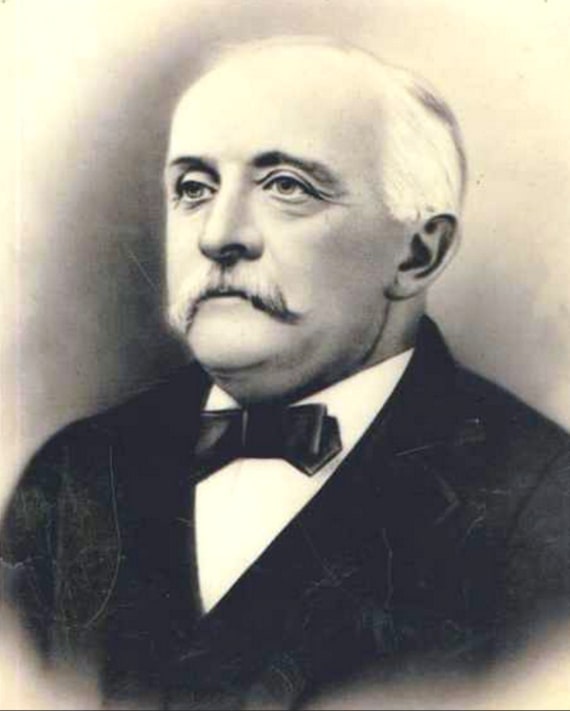
Captain Hinckley married and left descendants. My next article will cover his family and allied lines which include Crocker. Baxter, Dean, Perry and others.
Lineage:
- John Howland and Elizabeth Tilley
- Desire Howland and John Gorham
- Temperence Gorham and Edward Sturgis
- Edward Sturgis and Mehitable Hallett
- Mehitable Sturgis and Ebenezer Hinckley
- Ebenezer Hinckley and Esther May
- Lot Hinckley and Rebecca Cobb
- Oliver May Hinckley and Elizabeth Adams Sturgis
- Charles Henry Hinckley married Dorlinda “Dora” Hallett Bearse, daughter of Joseph Pratt and Rebecca Berry (Hamblin) Bearse.
(Source: “John Howland of the Mayflower: The First Five Generations; Documented Descendants Through His First Child Desire Howland and Her Husband Captain John Gorham.” Elizabeth Pearson White, 1990.)
Captain Hinckley: Smallest Lighthouse Keeper in the World
Through the years, Captain Hinckley was a favorite feature in the newspapers and his claim to fame was that he was the smallest lighthouse keeper in the world! He stood 4 feet 9 inches in his socks – but he was never short of courage, and he is one of the old Yankee salts that will forever grace the annals.
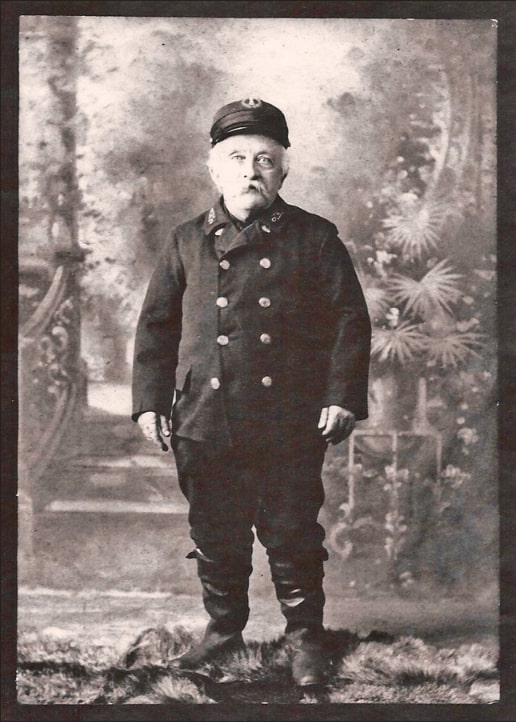
Below is a newsclip with a photo of Hinckley from the Boston Herald in 1907. It is a special feature article: his true story from his own words.
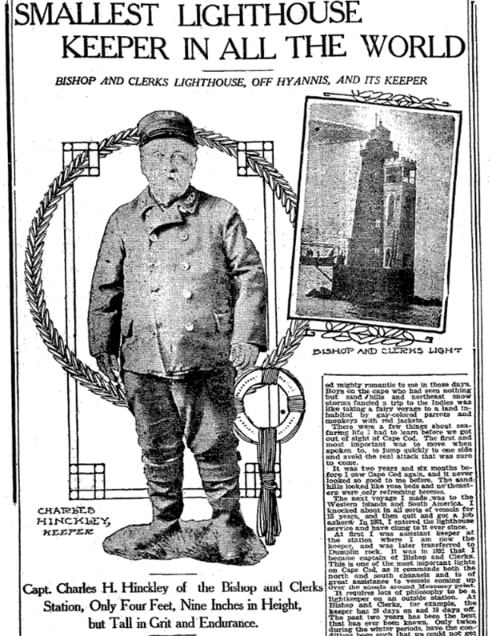
In this article, Hinckley says:
I was 16 years old, and that was 42 years ago, when I got a chance to ship as cabin boy along with Capt. Seth Taylor in the ship Fortune, bound for the East Indies.
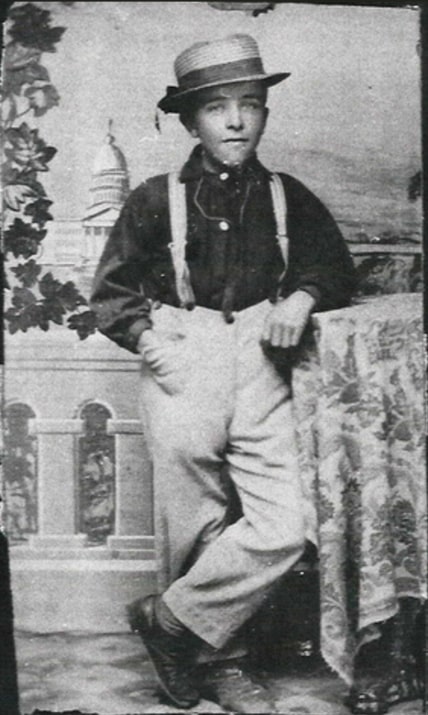
The East Indies sounded mighty romantic to me in those days. Boys on the Cape [Cod] who had seen nothing but sand hills and northeast snowstorms fancied a trip to the Indies was like taking a fairy voyage to a land inhabited by gay-colored parrots and monkeys with red jackets.
There were a few things about sea-faring life I had to learn before we got out of sight of Cape Cod. The first and most important was to move when spoken to, to jump quickly to one side and avoid the real attack that was sure to come.
It was two years and six months before I saw Cape Cod again, and it never looked so good to me before. The sand hills looked like rose beds and no’theasters were only refreshing breezes.
The next voyage I made was to the Western Islands and South America. I knocked about in all sorts of vessels for 15 years, and then quit and got a job ashore. In 1881, I entered the lighthouse service and have clung to it ever since.
At first I was assistant keeper at the station where I am now the keeper, and was later transferred to Dumplin Rock.
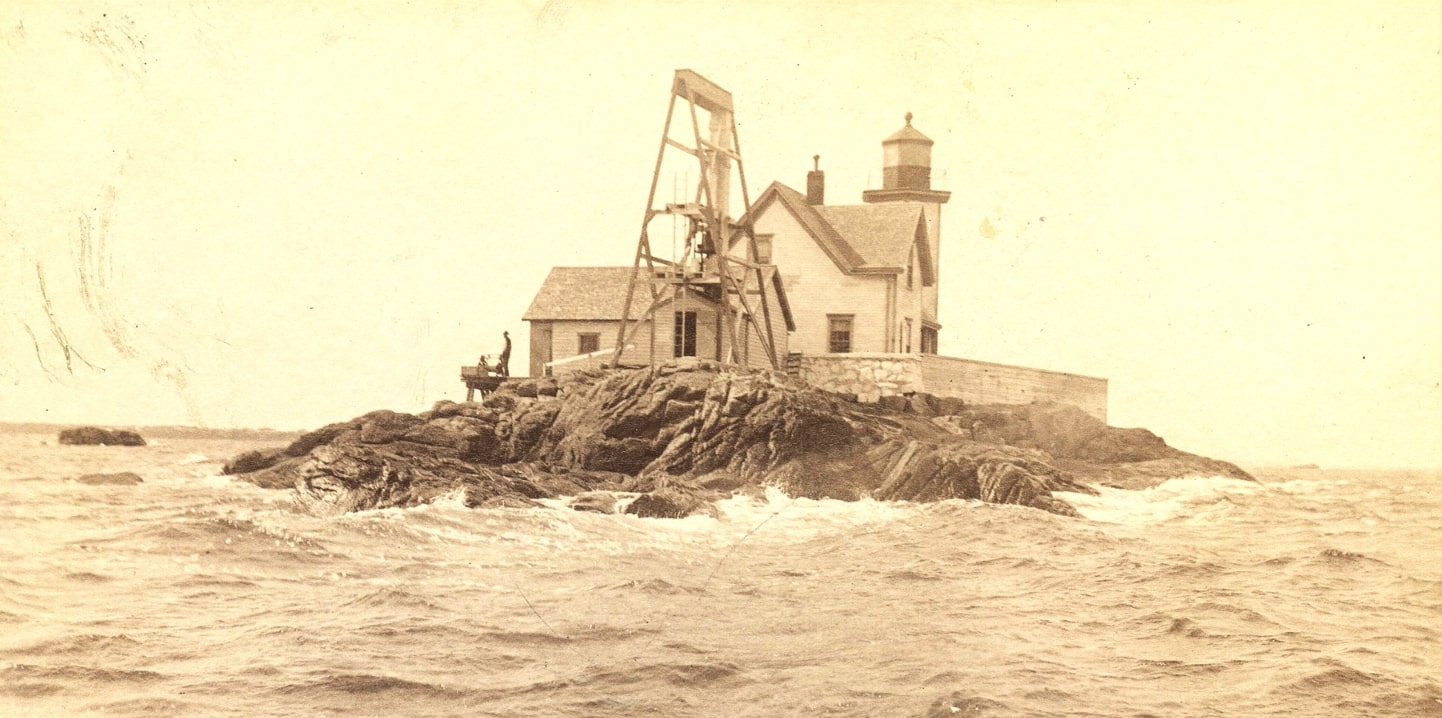
It was in 1892 that I became captain of Bishop and Clerks [Lighthouse Station]. This is one of the most important lights on Cape Cod, as it commands both the north and south channels and is of great assistance to vessels coming up over the shoals around Monomoy Point.
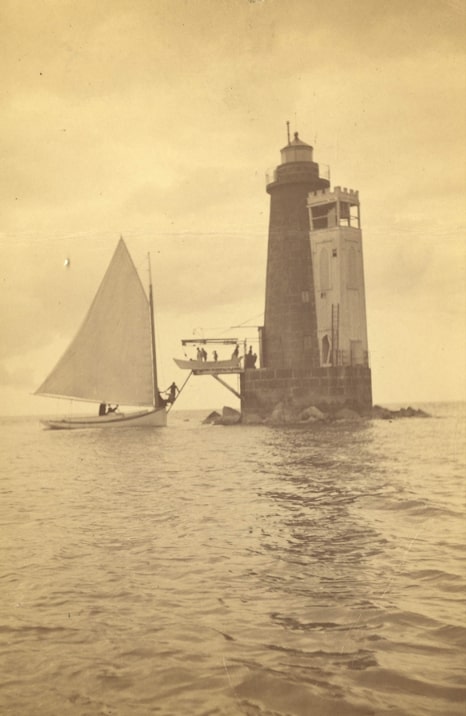
It requires lots of philosophy to be a lightkeeper on an outside station. At Bishop and Clerks, for example, the keeper has 20 days on and 10 days off. The past two years [have] been the best that has ever been known. Only twice during the winter periods have the conditions been such that we could not get ashore.
In the year 1903, for 48 days the sound was full of ice, and at times it was piled around the light to the height of 20 feet. The government tender Azalea comes once a month with fresh supply of rations and twice each year the oil boat comes with six months’ supply.
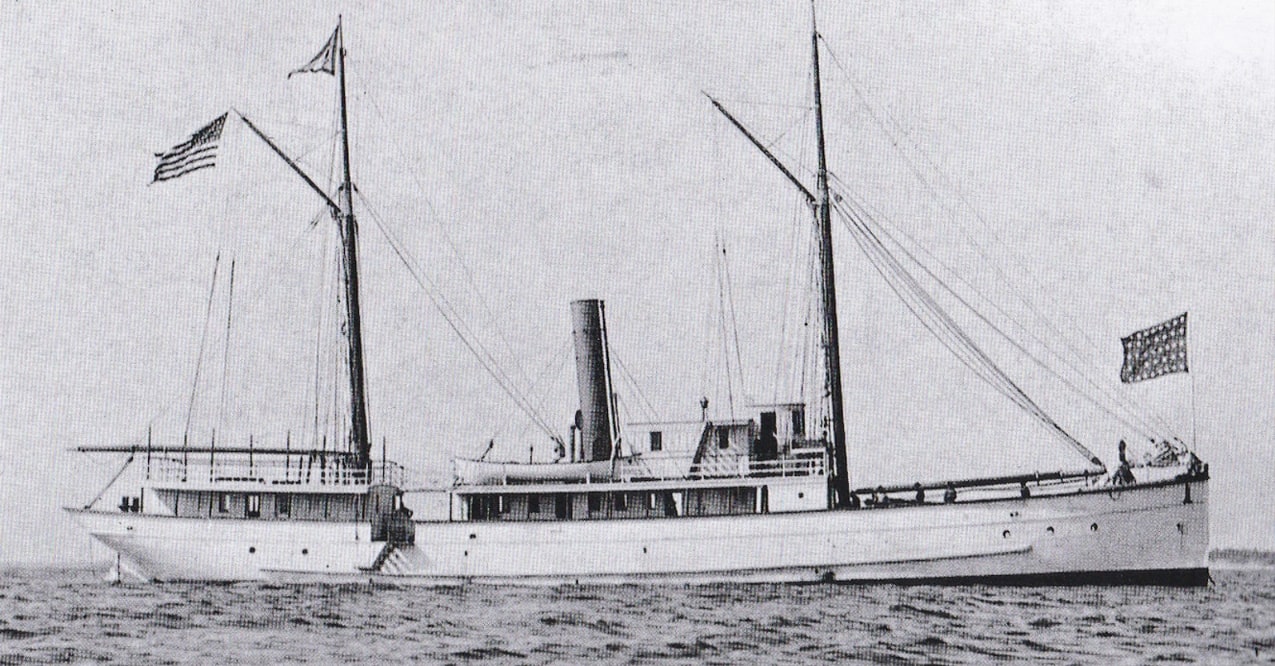
Bishop and Clerks is fitted with an automatic fog bell, which rings once every minute. It also has a fine cellar, which is 10 feet below high-water mark, making it always cool. Besides a kitchen there are three sleeping rooms and the light room.
Captain Hinckley had an assistant, Captain Walter Franklin Carney (1854-1917), son of John and Eliza (Raymond) Carney, a local ferry captain who, being over six feet tall, towered over the knee-high keeper.
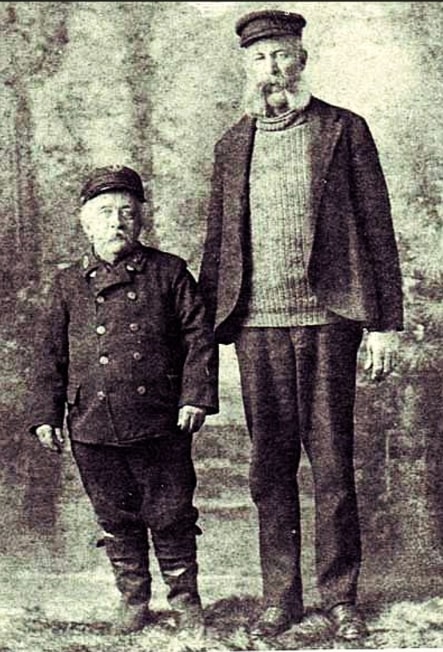
Captains Hinckley and Carney were featured in the Boston Herald in 1912.
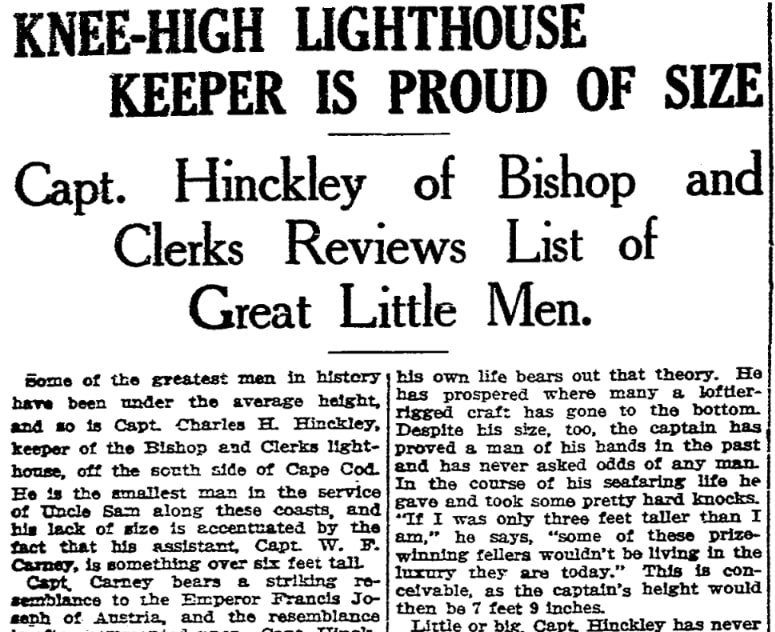
This article reports:
“The long and the short of it,” the people around Hyannis call them [Hinckley and Carney] in all friendliness, for there are no more popular men on the Cape. Every dweller in that section and scores of summer people have the keeper of Bishop and Clerks for a friend. His greatness of heart and breadth of hospitality bear an inverse ratio to his stubbiness of body.
Like most small men, the captain believes that stature means very little in this world where there are so many dwarfed-hearted and soul-shrunken humans.
Explore over 330 years of newspapers and historical records in GenealogyBank. Discover your family story! Start a 7-Day Free Trial
Note on the header image: “Mayflower in Plymouth Harbor,” by William Halsall, 1882. Credit: Wikimedia Commons.
Related Articles:
- Mayflower Descendants: Who’s Who, Part 30 (part 1)
- Mayflower Descendants: Who’s Who, Part 34
- Mayflower Descendants: Who’s Who, Part 37 (part 1)
- Mayflower Descendants: Who’s Who, Part 37 (part 2)
- Mayflower Descendants: Who’s Who, Part 45 (part 4)
- Photo Album: Howland and Gorham Descendants (part 1)
- Photo Album: Howland and Gorham Descendants (part 2)

I recently learned my 12th Great-Grandparents were on the Mayflower!